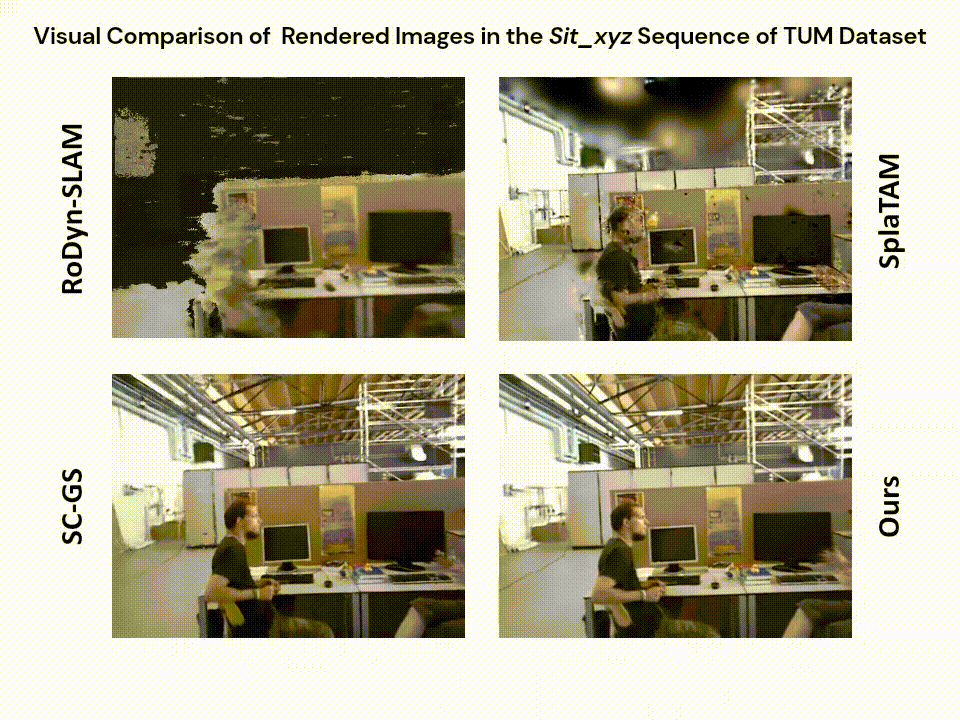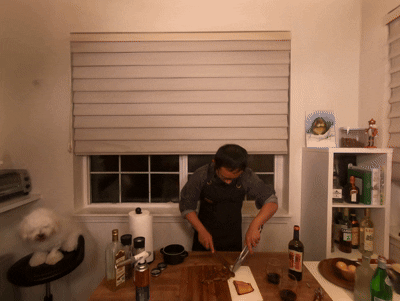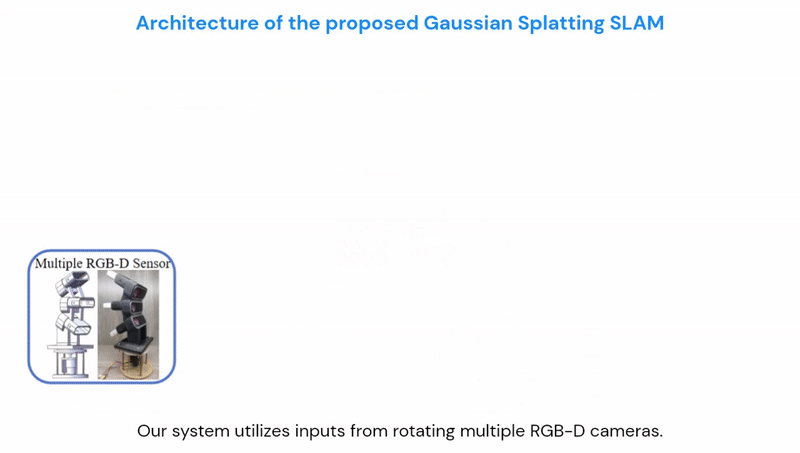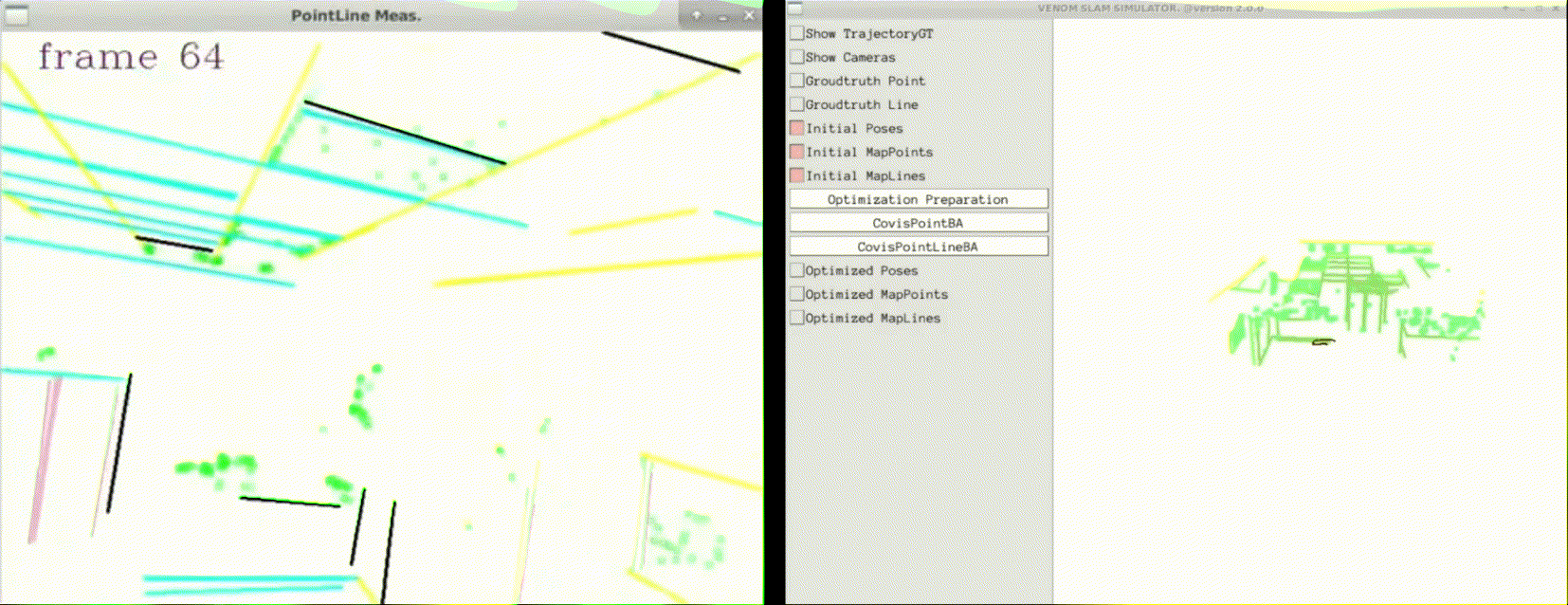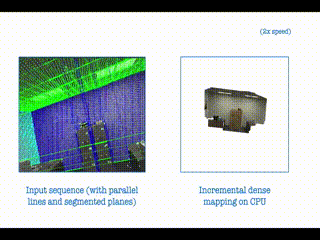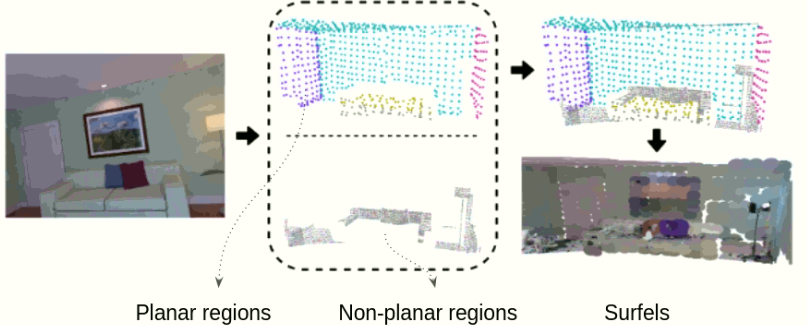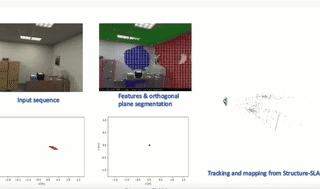News:
-
27, June. Three papers are accepted to ICCV 2025 in 4D SLAM; Monocuar-based Scene Graph Prediction; Autonomous Driving Gaussian Splatting.
-
25, June. One paper is accepted to Computers & Graphics.
-
Invited to give a talk at Tianjin University on June 3, 2025: Accurate Localization and Scene Reconstruction in 4D Space.
-
9, May. We're excited to announce that the 1st Workshop on Advancements for Intelligent Robotics in 4D Scenes: Localization, Reconstruction, Rendering, and Generation will be held in IROS 2025 (Hangzhou, China): Website
-
15, April. Our paper:
SE (3)-Equivariance Learning for Category-level Object Pose Estimation
(Paper) is accepted to IEEE TIM 2025.
-
20, March. Our new arXiv paper:
4D Gaussian Splatting SLAM
(Paper) can be obtained.
-
11, March. Our new arXiv paper:
Robust Surface Reconstruction
(Paper) can be obtained.
-
26, Fed. Our paper:
Learnable Infinite Taylor Gaussian for Dynamic View Rendering
(Paper) is accepted to CVPR2025.
-
28, Jan. Our paper:
Lifelong Localization using Adaptive Submap Joining and Egocentric Factor Graph
(Paper&Code) is accepted to ICRA2025.
-
13, Jan. Our new paper is accepted to IEEE Sensors Journal
2024:
-
Our new paper, ShapeMaker, is accepted to CVPR2024.
-
Our New arXiv paper (28.Nov.2024): SmileSplat: Generalizable Gaussian Splats for Unconstrained Sparse Images (Project) can be obtained.
-
Our Paper (27.Nov.2024) got accepted for publication in IEEE TIM:
- Accurate Visual Odometry by Leveraging 2DoF Bearing-Only Measurements
-
Our New arXiv paper (01.Oct.2024): Robust Gaussian Splatting SLAM by Leveraging Loop Closure (Paper) can be obtained.
-
Our new paper, Open-Structure (Paper |
Code), is accepted to RA-L2024.
-
Our new paper, GeoGaussian (Project Website), is accepted to ECCV2024.
-
I joined the CVRP group at NU Singapore as a Postdoc Research Fellow advised by Prof. Gim Hee Lee from June, 2024.
*Equal contribution †Corresponding author-
Jun 15, 2025
- Yanyan Li, Youxu Fang, Zunjie Zhu, Kunyi Li, Yong Ding, Federico Tombari. @ ICCV 2025
-
[Paper]
[Project Page]
[Code Coming Soon]
-
Apr 15, 2025
- Bingbing Hu*, Yanyan Li*, Rui Xie, Bo Xu, Haoye Dong, Junfeng Yao, Gim Hee Lee. @ CVPR 2025
-
[Paper]
[Project Page]
[Code]
-
Apr 10, 2025
- Zunjie Zhu, Youxu Fang , Xin Li , Chenggang Yan , Feng Xu, Chau Yuen, Yanyan Li†. @ arXiv 2024
-
[Paper]
[Project Page]
[Code Coming Soon]
-
Mar 17, 2024
- Yanyan Li, Chenyu Lyu, Yan Di, Guangyao Zhai, Gim Hee Lee, Federico Tombari. @ ECCV 2024
-
[Paper]
[Project Page]
[Code]
-
Oct 7, 2023
- Yanyan Li, Zhao Guo, Ze Yang, Yanbiao Sun, Liang Zhao, Federico Tombari. @ IEEE RA-L 2024
-
[Paper]
[Project Page]
[Code]
-
Nov 20, 2022
- Yanyan Li and Federico Tombari.
- @ ECCV 2022
-
[Paper]
[video]
-
Jul 30, 2021
- Raza Yunus, Yanyan Li†, Federico Tombari. @ ICRA 2021
-
[Paper]
[Code]
-
May 30, 2021
- Yanyan Li, Raza Yunus, Nikolas Brasch, Nassir Navab, Federico Tombari. @ ICRA 2021
-
[Paper]
[Code]
-
Oct 20, 2020
- Yanyan Li, Nikolas Brasch, Yida Wang, Nassir Navab, Federico Tombari. @ IEEE RAL/IROS 2020
-
[Paper]
[Code]
